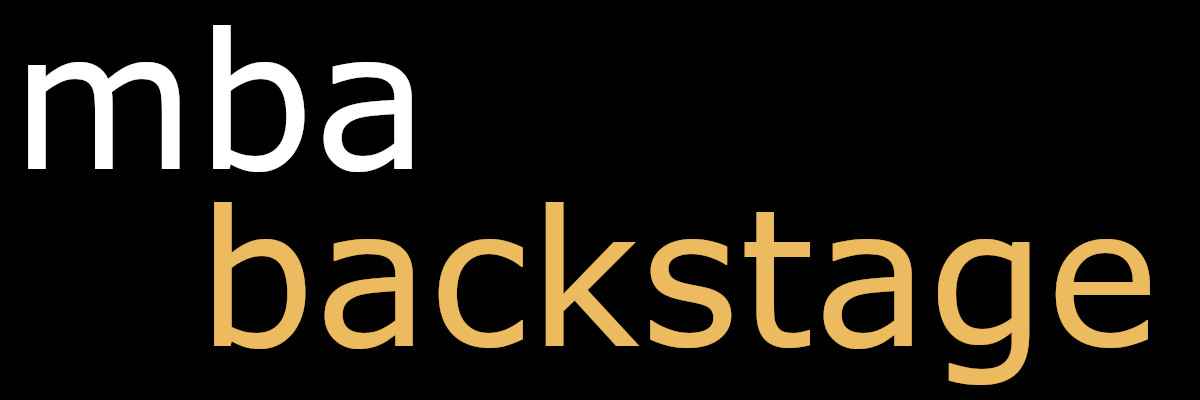MBA Application Strategy

Applying for MBAs takes time, which a lot of the best applicants don’t have. That’s why we’ve summarized in the “Applications Tips” section the key points you need to know when preparing your applications. Below is our take on the complete MBA application strategy.
For those who are really short on time and who are considering an admissions consultant, we are in the process of assessing and selecting a number of independent coaches who we can connect you with (link).
Key criteria to demonstrate in a successful application
Each school is different, but the good news is that they more or less all look for a common set of criteria. Some schools may apply different weightings to these criteria and they may have individual preferences on how an applicant should demonstrate some of them (for example Cultural Fit with the school), but the ideal candidate needs to demonstrate each of the following:
Key criteria
- Employability Skills – the applicant has high chances of being recruited by a post-MBA employer
- Career Vision – the applicant has a career plan that is specific, realistic, and requires to do an MBA (ideally at the target school)
- Cultural Fit – the applicant understands and shares the school and student body values, is likely to integrate well with co-students and take part in school life
- Pitching Factor – the applicant has something differentiating that makes them memorable and will enhance the appeal of the school to future classmates and applicants
Why do schools want to check all this?
Well it all comes down to the following:
- They want you to get a job quickly to boost their post-MBA employment rate stats! That’s why they act as a pre-filter for employers.
- They want you to be happy with your investment in the MBA and enjoy the experience at the school.
- They want you to enhance the appeal of the school to students / applicants and act as an ambassador for future recruitment.
3 Key rules to consider when preparing your application
Rule 1: You are competing with similar profiles to yours
Schools like to have diverse classes. Diversity can be defined by a number of factors but, the following 4 are probably the most relevant:
- pre-MBA background
- post-MBA target sector
- origin (nationality or region of the world you are from) / race
- gender
We’re not saying they have specific quota for each of these because that would be too simplistic and one-dimensional. However, the more of those criteria you share with someone, the more likely you will be competing with them. Anybody who shares 3-4 of those criteria is a direct competitor.
During the application process you may meet lots of candidates with super impressive backgrounds, which may lead you to think you have no chance of getting in. Keep in mind that you don’t have to beat those profiles, you have to beat the ones that are very similar to yourself.
Rule 2: Schools evaluate the application holistically (e.g. “as a whole”), rather than focus on individual criteria.
Each part of your application is important:
- Resume / CV
- GMAT / GPA / other test scores
- Essays
- Recommendation letters
- Interview (individual face-to-face, but sometimes team based or recorded online answers are also part of the selection)
- Other application details such as previous employment data, etc.
Despite what you may read elsewhere, schools typically do not have hard thresholds that you have to meet on certain criteria (e.g. GMAT). However when preparing your application, you do need to be aware of any potential weakness you have and make sure you compensate for it when selecting what you write on your CV or essays.
Rule 3: A great application is worth much more than the sum of its parts
During the MBA you will talk a lot about “synergies” (trust us, you’ll be bored by them…). But when it comes to MBA applications the concept is fully applicable. The more an application is coherent and interlinked, the more impressive it will be in the eyes of the committee. Your application should have a few common themes that define you as an applicant and a person. Ideally, every single sentence / word of your application should support those themes, or at least not contradict them. THIS IS SUPER IMPORTANT. We will explore this more in the paragraph on “Pitching Factor”.
Read on
That’s just an overview of the ideal MBA application strategy. We will now go through each of the criteria. Follow the links below!
- How to show Employability Skills (link).
- How to show Career Vision (link).
- How to show Cultural Fit (link).
- How to show “Pitching Factor” & Final Application Strategy Tips (link).
Or if you’re tired with strategy, and want to switch to execution, have a look at the following:

0 Comments